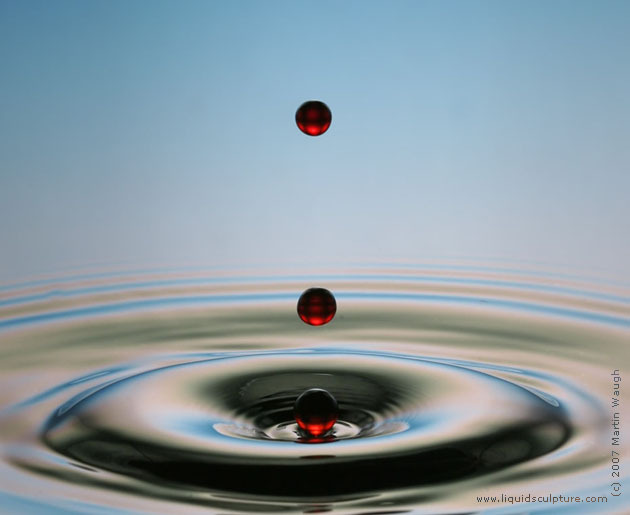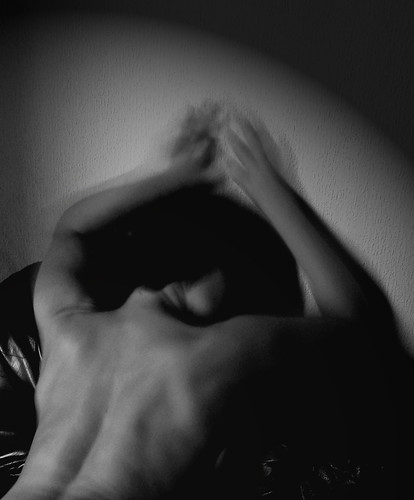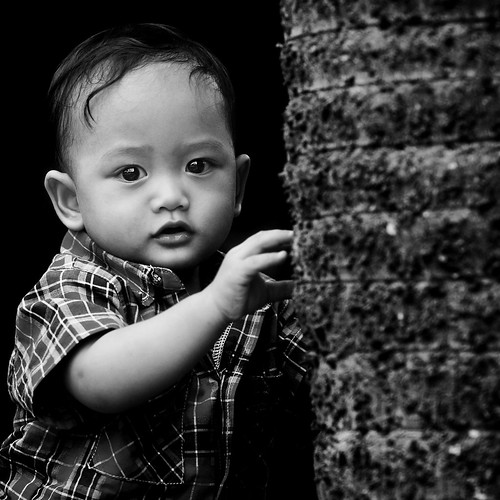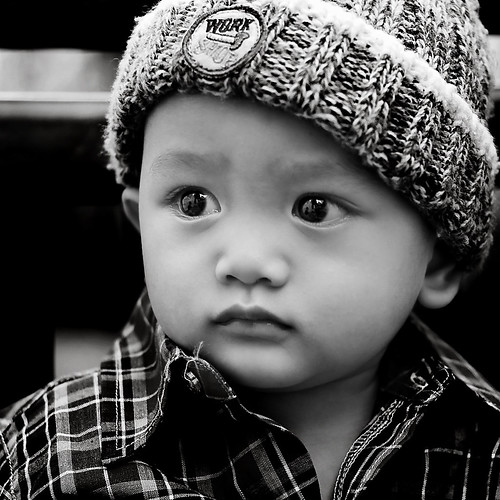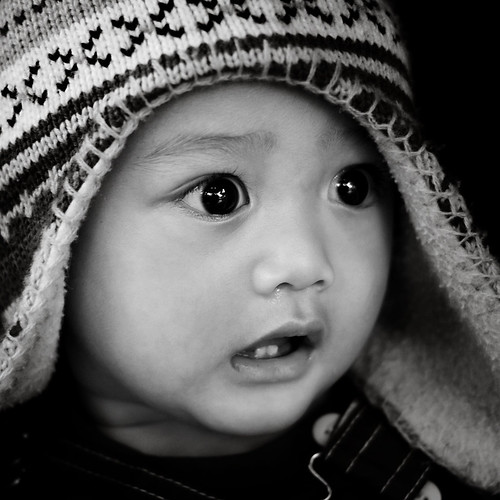
Hire a professional. No? Don't want to do that? You think Uncle George can do it fine on the cheap? Save a few bucks and spread the joy around? Then read on, reckless fool...
Be prepared. Emotionally, spiritually, intellectually and photographically. You will need more than just a strong heart and nerves of steel. You'll need extra memory sticks, extra batteries, a flash outfit, a tripod and a zoom/wide-angle lens. You'll also need a decent photo editing program to produce the finished product in an acceptable form.
Have an assistant or a helper. You should have lots of stuff to carry around, and you need someone who will watch your gear when you're busy. Get someone to help you out. It's also good to have someone relatively sane to talk to.
ALWAYS shoot for the bride. Men don't really care about photos of themselves. Well, that's a generality. 99.9% of men don't care. Usually the only time a man looks at a wedding picture under his own volition is just after the divorce with a drink in the other hand.
Get a list of wanted shots. Don't go into this blind. Find out what shots the happy couple expect and try to oblige. Weddings have about 4 phases: getting dressed, the ceremony, after the ceremony (relaxed shots with the new couple), the reception including the cake and groups of guests. Take your lead from the bride not the juiced up guests at the reception.
Shoot a lot. This is good advice for any photography. At a wedding you're dealing with human nature at its most confused. Who can really tell what shots will be the big sellers? Just cover everything (even the speeches) and shoot everything three times and be safe.
Get the groups. Groups are important but watch out here because semi-inebriated guests will want to be photographed with pot-plants, the foxy waitress, each other, maybe the bride and groom, and towards the end of the evening fascinating cloud formations. Get the bride to tell you who should be in the groups. Stay with her.
Get the proofs to the bride as fast as possible. This is not just good service, it's also good business. Happiness and the vows of matrimony can be fleeting. Get your bill in before the first fight if possible. Definitely before the divorce.
Be a professional. Weddings can be scary things. They're all about love, sex, eating and drinking. Passions and confusions can be rampant. Get your shots first and party later if anyone is left to party with. If you find yourself at the end alone with your camera, at least you can console yourself that you completed your mission.
Do your own quality control before you submit the proofs. Your reputation can be destroyed by a handful of misaimed shots of the bride or her friends. People often remember that one shot where the matron of honor looked as if she was zonked when it was just an untimely blink. If it sucks delete it. Better safe than sorry.
Lance is not very good at writing about himself in the third person. He is an ex-patriot Australian living in Taiwan running a business consulting company. His grasp of the Chinese language ranges from poor to laughable and in most circumstances his actual use of the Chinese language results in laughter.
Be prepared. Emotionally, spiritually, intellectually and photographically. You will need more than just a strong heart and nerves of steel. You'll need extra memory sticks, extra batteries, a flash outfit, a tripod and a zoom/wide-angle lens. You'll also need a decent photo editing program to produce the finished product in an acceptable form.
Have an assistant or a helper. You should have lots of stuff to carry around, and you need someone who will watch your gear when you're busy. Get someone to help you out. It's also good to have someone relatively sane to talk to.
ALWAYS shoot for the bride. Men don't really care about photos of themselves. Well, that's a generality. 99.9% of men don't care. Usually the only time a man looks at a wedding picture under his own volition is just after the divorce with a drink in the other hand.
Get a list of wanted shots. Don't go into this blind. Find out what shots the happy couple expect and try to oblige. Weddings have about 4 phases: getting dressed, the ceremony, after the ceremony (relaxed shots with the new couple), the reception including the cake and groups of guests. Take your lead from the bride not the juiced up guests at the reception.
Shoot a lot. This is good advice for any photography. At a wedding you're dealing with human nature at its most confused. Who can really tell what shots will be the big sellers? Just cover everything (even the speeches) and shoot everything three times and be safe.
Get the groups. Groups are important but watch out here because semi-inebriated guests will want to be photographed with pot-plants, the foxy waitress, each other, maybe the bride and groom, and towards the end of the evening fascinating cloud formations. Get the bride to tell you who should be in the groups. Stay with her.
Get the proofs to the bride as fast as possible. This is not just good service, it's also good business. Happiness and the vows of matrimony can be fleeting. Get your bill in before the first fight if possible. Definitely before the divorce.
Be a professional. Weddings can be scary things. They're all about love, sex, eating and drinking. Passions and confusions can be rampant. Get your shots first and party later if anyone is left to party with. If you find yourself at the end alone with your camera, at least you can console yourself that you completed your mission.
Do your own quality control before you submit the proofs. Your reputation can be destroyed by a handful of misaimed shots of the bride or her friends. People often remember that one shot where the matron of honor looked as if she was zonked when it was just an untimely blink. If it sucks delete it. Better safe than sorry.
Lance is not very good at writing about himself in the third person. He is an ex-patriot Australian living in Taiwan running a business consulting company. His grasp of the Chinese language ranges from poor to laughable and in most circumstances his actual use of the Chinese language results in laughter.












